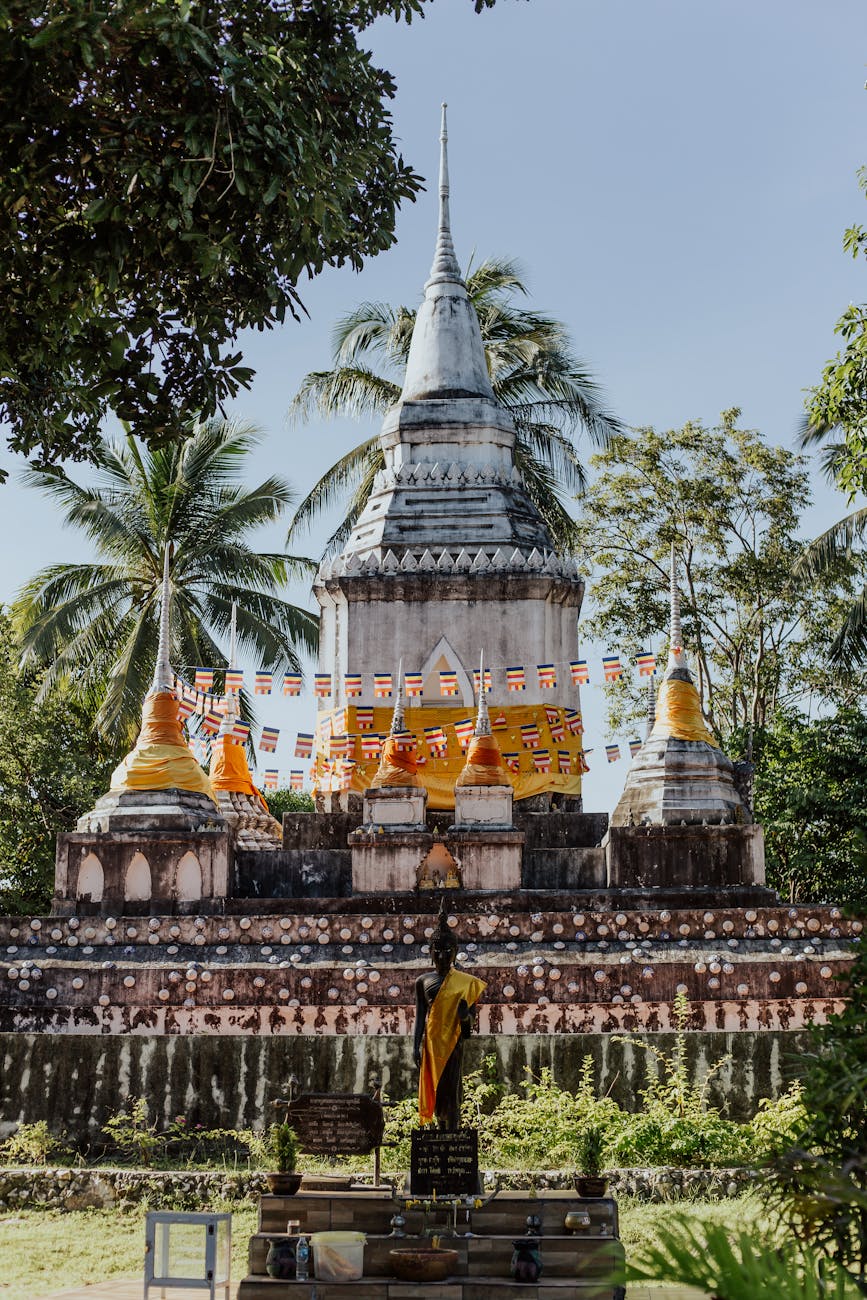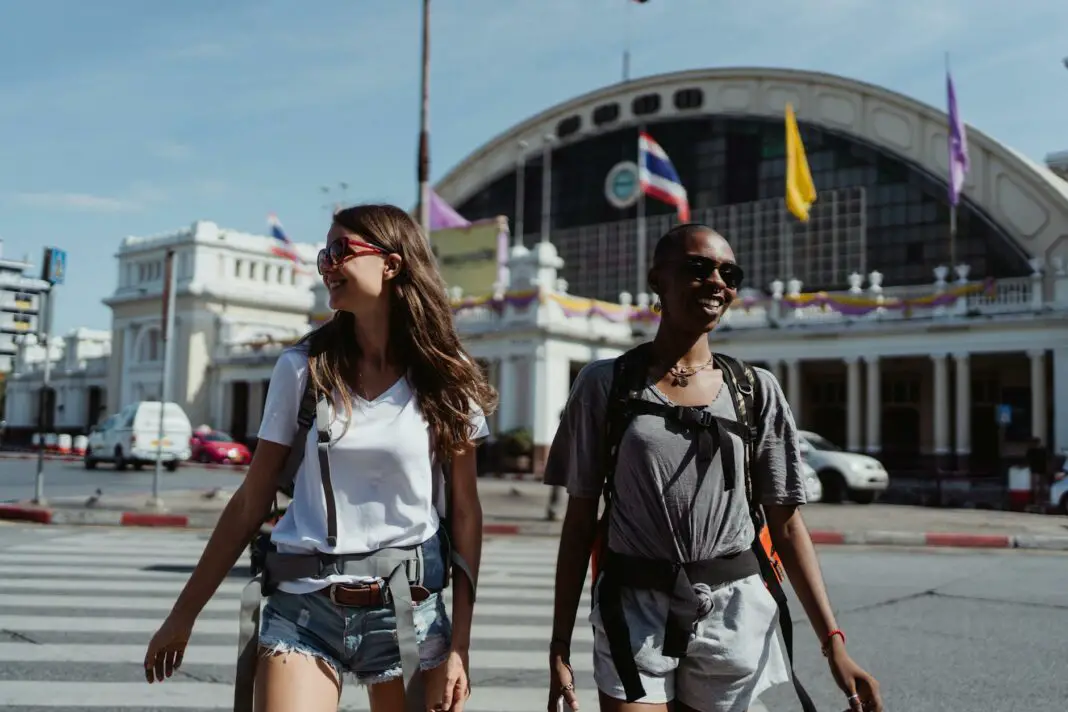Embarking on a trip to Thailand is more than just visiting a beautiful country; it is an enchanting journey through a vibrant tapestry of history and culture nestled within breathtaking landscapes. From the golden temples dotting the skyline of Bangkok to the serene beaches of Phuket, each destination tells a story woven through the ages. As you traverse through this stunning land, you will uncover how Thailand’s cultural heritage is seamlessly integrated into its picturesque scenery, inviting travelers to explore not just what is visible but what lies beneath the surface.
This blog post invites you to unpack the many layers of Thailand’s charm. We will delve into Thailand’s breathtaking natural beauty and the cultural landmarks that act as reflections of its rich heritage. Moreover, we will discuss practical insights that will enhance your travel experience, ensuring your time in Thailand is not only enjoyable but also soul-stirring. Let’s embark on this adventure together and discover the exquisite relationship between Thailand’s landscapes and its cultural heritage.
Table of Contents
- Reveling in Thailand’s Natural Beauty
- Unveiling Cultural Landmarks
- Experiencing the Culture Through Nature
- Practical Travel Tips for Your Journey
- Actionable Insights to Enhance Your Trip
- An Enriching Journey Awaits
Reveling in Thailand’s Natural Beauty
Thailand is adorned with a plethora of stunning natural wonders, from palm-fringed beaches to verdant jungles. Each landscape showcases the country’s diverse ecological treasures. The lush hills of Chiang Mai invite exploration through elephant sanctuaries and hill tribe villages, offering a serendipitous view into the lives of local communities. Meanwhile, Krabi’s limestone cliffs jut majestically from turquoise waters, providing a backdrop that is both humbling and inspiring. These breathtaking settings not only excite the senses but also nurture an understanding of Thailand’s ecological significance.
As you stand beneath the towering limestone formations of Phang Nga Bay, the interplay of nature and heritage becomes apparent. The longtail boats gliding through emerald waters are a testament to the harmonious lifestyle that links the Thai people with their environment. This relationship is made manifest in their customs, dances, and even their festivities, all celebrated against the backdrop of stunning landscapes. Each region of Thailand, whether characterized by mountains or beaches, contributes a unique chapter to the narrative of this culturally rich nation.
Unveiling Cultural Landmarks
No journey through Thailand is complete without paying homage to its many cultural landmarks. The grandeur of the Grand Palace in Bangkok, with its intricate designs and historical significance, reflects the majesty of Thai history. Tourists often find themselves entranced by the beauty surrounding Wat Pho, the temple that houses the stunning Reclining Buddha, a symbol of peace and enlightenment. The craftsmanship and spiritual energy of such sites echo the artistry and devotion that the Thai people hold dear.
Furthermore, no visit to Thailand is complete without wandering through the ancient ruins of Ayutthaya, where centuries-old temples tell tales of resilience and cultural fusion. Each stone and façade evoke the reverberations of a civilization rich in philosophy and artistic pursuits. These landmarks are not merely tourist attractions; they are invitations to experience the soul of the country, offering glimpses into the heart of what makes Thailand a vibrant cultural hub.
Experiencing the Culture Through Nature
Consider blending your appreciation of Thailand’s breathtaking landscapes with its deep-rooted traditions. Engaging in activities like traditional thai cooking classes while overlooking the picturesque rice paddies or joining a local festival amidst idyllic surroundings provides an immersive experience. These moments create lasting memories and a heartfelt connection to the local culture, showcasing how landscapes serve as a canvas for heritage expression.
Moreover, participating in eco-tourism initiatives can also enhance your understanding of how Thailand’s natural resources are cherished and preserved. By visiting sustainable farms or local artisan workshops, travelers can witness firsthand the importance of cultural preservation interwoven with nature conservation. This symbiosis of culture and landscape fosters a deeper appreciation not only for the captivating beauty of Thailand but also for its resilient spirit and dedication to harmony.
Practical Travel Tips for Your Journey
Maximizing your trip to Thailand requires a bit of planning. First, consider the best time to visit. Thailand’s climate varies considerably, with the cooler months from November to February being the most popular. Moreover, packing light and breathable clothing will ensure comfort while navigating the tropical climate. Also, familiarize yourself with local customs and etiquette; this will help you engage more respectfully and meaningfully with local people.
Don’t forget to have a flexible itinerary to accommodate spontaneous adventures. Thailand is teeming with hidden gems, from secluded beaches to off-the-beaten-path temples that could surprise even seasoned travelers. Embrace the local cuisine by sampling street food but ensure you choose vendors that are popular among locals to ensure quality and safety. Always carry bottled water, and ensure you have local currency for small purchases – this will allow you to enjoy your trip without missing out on spontaneous opportunities.
Actionable Insights to Enhance Your Trip
To enrich your travel experience, actively seek opportunities to interact with local communities. Consider volunteering at local conservation projects or participating in workshops offered by artisans, who can share their craft with you. This creates a deeper connection with the culture and reinforces the importance of preserving heritage while enjoying the breathtaking landscapes.
Additionally, engage in local festivities or rituals. Festivals like Songkran (Thai New Year) present vibrant experiences where you can witness the fusion of ancient customs with contemporary cultural expressions. Enjoying traditional performances, such as Muay Thai or local dances, allows you to participate in the country’s rich cultural saga. Capture these moments through photography but with a respectful lens that honors the stories behind them. This active engagement transforms a simple vacation into a transformative journey.
An Enriching Journey Awaits
Your adventure in Thailand promises to be a treasure trove of new experiences and insights. As you traverse its stunning landscapes and deep cultural roots, you encounter a dynamic interplay that tells the story of a nation proud of its heritage. This journey does not merely showcase beauty; it reveals the essence of Thailand and emphasizes how seamlessly its cultural identity is interwoven with its natural wonders. Each place you visit will leave you with unforgettable memories and a deeper understanding of what it means to immerse yourself in a different culture.
Frequently Asked Questions
What is the best time to visit Thailand?
The ideal time to explore Thailand is between November and February when the weather is cooler and drier, allowing for comfortable travel experiences.
Are there any must-see cultural landmarks?
Absolutely! Don’t miss visiting the Grand Palace, Wat Pho, and the historic ruins of Ayutthaya. Each site offers a unique understanding of Thailand’s cultural heritage.
How can I engage more with the local culture?
Engage with local communities by participating in cooking classes, workshops, or volunteer opportunities. Additionally, attending local festivals is a fantastic way to immerse yourself in Thai culture.
Is it safe to try street food in Thailand?
Yes, street food is generally safe, especially from stalls that are busy with locals. Trust your instincts, and opt for freshly prepared items.
What are some travel tips to enjoy Thailand?
Pack light, learn about local customs, stay hydrated, and maintain a flexible itinerary to make the most of your travel experience.
Image Credit: Pexels





